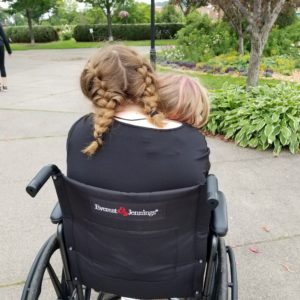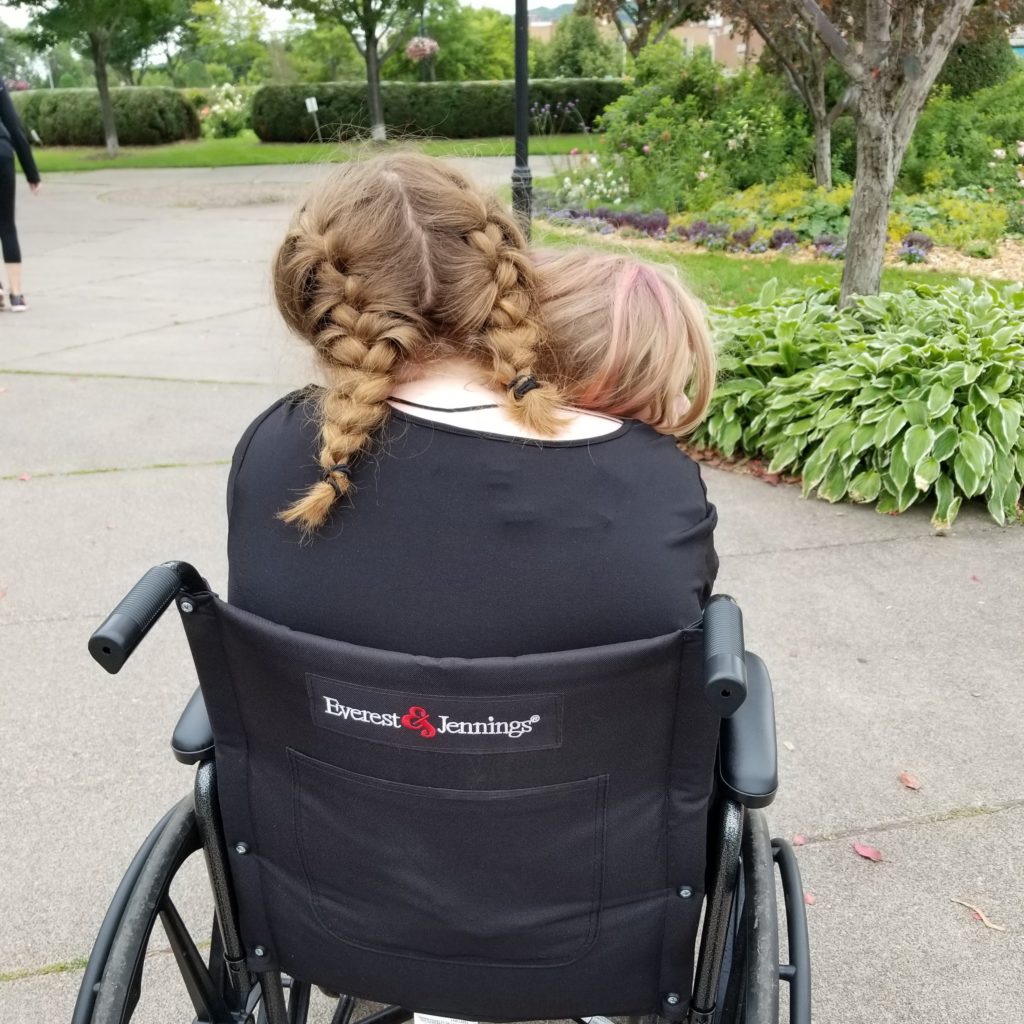
While all children absorb and disseminate information differently, children who have disabilities face additional obstacles that can impact their learning experience. For our kids (we have three with a variety of health challenges) their disabilities impact how they absorb and process information, how long they can focus on learning, and their ability to physically access certain learning resources and environments.
When they were younger, my two older children were in a charter school. Originally, the school was small, the IEPs were holding their own, and things were good enough. However, as the school grew, and my children grew, cracks began to form.
I remember vividly the spring term that broke the camel’s back. When I would drop by the school it seemed that my middle schooler was always in the resource room. Sometimes asleep. He wasn’t enjoying school, grades were dicey, and I was spending a lot of time in IEP meetings. My middle child, on the other hand, kept having injuries, even with a strong 504 in place, and spent a lot of time either not doing anything in class or being sent down the hall to older classrooms for reading materials. By the time she had her third concussion on an end of year field trip, we knew something had to change.
At that time, I didn’t know anyone who homeschooled. So, I started by joining Facebook groups and asking current homeschoolers endless questions. Still nervous about pulling the children from the only school they had ever known, we decided to practice homeschooling over the summer. If it was a fit, then we would homeschool moving forward. If not, then they would return to public school in the fall.
I cannot begin to tell you how life changing that summer was. My oldest didn’t learn due to “behaviors”- he had undiagnosed learning disabilities. In addition, he had developed selective mutism and it was impacting his ability to ask for help in the classroom. He wanted to learn and what he needed was curriculum that was auditory based, hands-on, and flexible. Once we started trying different ways of learning it was like a whole world opened up to him. He started watching documentaries and listening to auditory books. We were able to reengage him in learning and while the love of learning was still not there (which broke my heart a bit,) learning became easier. Instead of him trying to learn curriculum that was built for others, his education was now custom built for him. With that came less stress, and with less stress came a decrease in negative behaviors and outbursts. The difference was just wild.
His sister, who has similar and different disabilities had a completely different experience. That summer, due to having a 1:1 ratio, there were no more concussions (she had three that spring in school.) She could run around, climb things, and be herself without worry of injury. Equally important, that walking down the hall situation for curriculum stopped. She finally had all the educational resources she wanted at her fingertips. Instead of being held back while her peers caught up, she could learn at her speed. By middle school she was reading college textbooks. She will be graduating high school this spring at sixteen with both her high school diploma and her first college degree.
What homeschooling offered my children was the ability to customize their curriculum and to flex it as needed. It allowed them to learn art while at the community park, history through cross country road trips, life science through hikes, and endless life skills that aren’t typically covered in traditional public education- cooking, personal finance, communication, work ready skills, etc.
Homeschooling is all about flexible learning. You can teach your child during the day, in the evening, on weekends, and year-round. You set the schedule for what works for your family. In addition, you can customize each subject to your child’s ability level. If they are a rockstar at math, move them a grade ahead. Struggling with English? Move them a grade back. You can also customize each subject to best fit their learning style whether it be via books, hands-on activities, auditory learning, visual activities, or a mixture of styles… and if you choose a style and it isn’t working- you can change it. That curriculum can be home made, checked out of the library, purchased in pieces through multiple sources, or purchased as a “kit.” How you put together the curriculum depends a lot on your personal budget, how your child learns, and where they are sitting academically. So. Much. Flexibility!
Yet, as a family of children with disabilities, what I appreciated most from this whole journey was having the flexibility for the tough days. The days filled with pain, the days packed with doctor and therapy appointments, and the days filled with behavior outbursts and tears. Those days were still there. However, the flexibility of homeschooling gave us the ability to stop learning and focus on personal health. We chose to homeschool year-round, as well, which gave us even more flexibility.
I am now homeschooling our youngest. We tried public school right into the pandemic. Then we brought her home. We are now customizing her learning experience to fit her disabilities and hoping that she will have the same positive experience as her older siblings.
I’m sharing a snapshot of our experience in the hope that it helps those currently homeschooling to recognize that they are not alone and encourages those who aren’t homeschooling to consider the possibility. Have questions? Know that you have MHA, as well as, homeschool focused Facebook groups, coops, and community gatherings that are there as resources. For our family, it was the fellow homeschool mommas out there who not only gave fabulous advice, but also became some of my best friends. Whether you choose to homeschool, or not, I truly hope that your family finds the fit that is best for them!
–Amber

